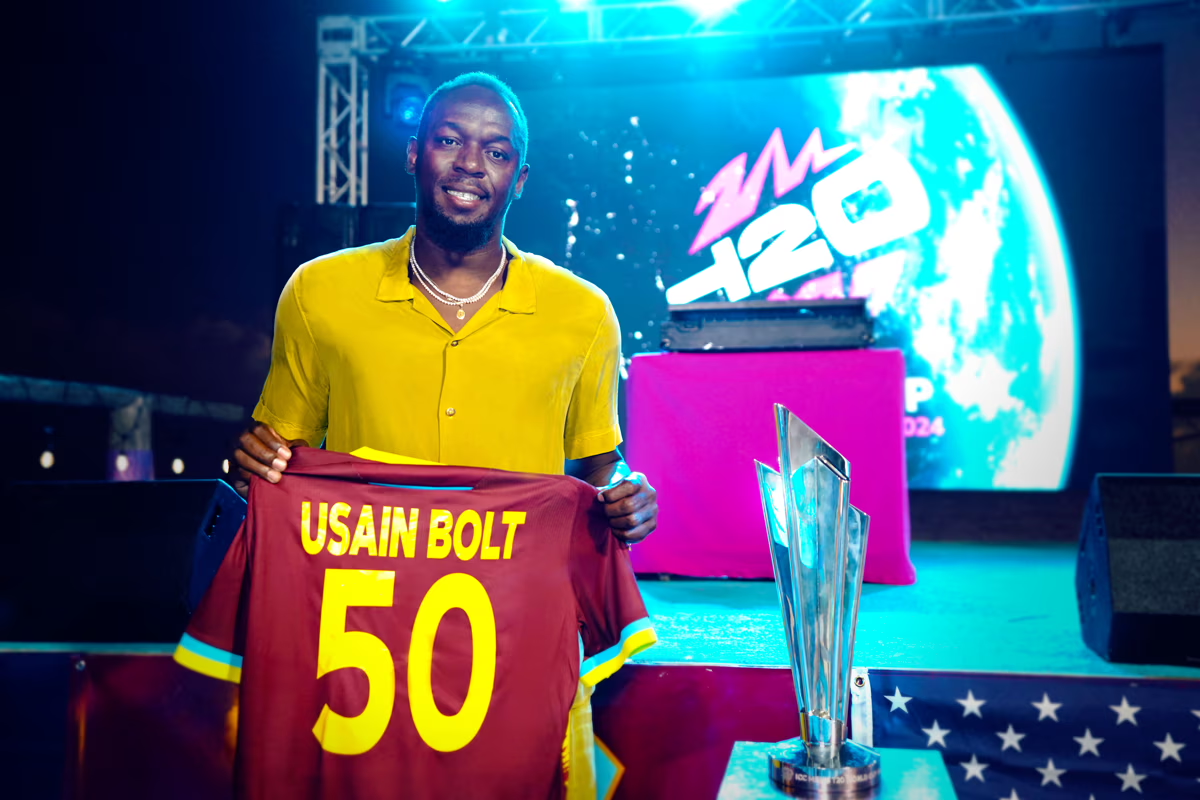
State Prosecutor Tuanna Hardy on Wednesday urged a 12-member jury to convict Curt Thomas of the April 30, 2016 murder of Parika, East Bank Essequibo (EBE) fuel dealer Seeram Singh.
Thomas is on trial for the offence before Justice Navindra Singh at the High Court in Demerara.
Based on reports, Singh, 52, of Lot 40 Parika Outfall, was stabbed to his abdomen and shot twice – to his head and hip. The bullet to his head was at close range and may have been the fatal shot. Media reports at the time stated that Singh was talking to someone on his mobile phone when he was attacked and stabbed.
In an attempt to raise an alarm, the injured man ran towards a shop, but the gunman gave chase and caught up with him. A scuffle ensued and it was then the suspect discharged two rounds at Singh. Reports are as the businessman fell, the gunman relieved him of two gold chains and escaped. Singh was rushed to the Leonora Cottage Hospital, West Coast Demerara, where he was pronounced dead.
During her submissions, Hardy urged the jury to find Thomas, also known as “Yankee”, guilty of the crime as the prosecution was able to meet the burden of proof. She contended that it was Thomas who shot and killed the businessman. In doing so, Hardy pointed to the testimonies of witnesses for the prosecution, including Rajmohan Autar, who positively identified Thomas during an identification parade.
The Prosecutor was keen to point out to the jury that the forensic analyst testified that the clothing said to be worn by the accused on the night of the shooting which was submitted for testing tested positive for gunpowder residue.
The Prosecutor told the jury that the witnesses called by her were credible. She said the witnesses were able to remember facts they observed about the killing although it occurred four years ago. According to State Prosecutor Hardy, while attempts were made by Thomas’s lawyer, Lyndon Amsterdam to discredit the prosecution’s witnesses, they did not succeed because the witnesses’ testimony were believable.
Hardy reminded the jurors that they were the sole arbiters of the facts. She told them that with guidance from the trial judge in relation to aspects of the law, they must be fair and impartial and remove all emotions. In examining the unsworn testimony Thomas gave in his defence, Hardy pointed out that he brought no witness to disprove the prosecution’s case.
Instead, she submitted that the witness whom he called to testify on his behalf placed him at the location where the robbery/murder occurred.
During his virtual testimony from the Lusignan Prison, Thomas testified that he was nowhere at or near the crime scene nor did he know Singh. He alleged that one of the lead detectives in the case was trying to frame him for the murder.
His reasoning, was that his girlfriend and the officer had previously shared a relationship. Dorothy Pratt, the mother of Thomas’s girlfriend, testified on his behalf. The woman told the court that on the night in question, Thomas was at her home at 21:00h.
Under cross-examination, however, Prosecutor Hardy challenged her evidence. P
ratt, when questioned by the Prosecutor, was unable to account for Thomas’s whereabouts any time before or after that time. Against this backdrop, Prosecutor Hardy implored the jury to look at the evidence, for in doing so, they would arrive at the inescapable conclusion that it was Thomas who shot and killed the fuel dealer.
“Look at the evidence, it will paint one picture. It was Curt Thomas who was there on the night, who shot and robbed Seeram,” the Prosecutor said to the jury.
According to Hardy, Singh was murdered in cold blood by Thomas who had no regard for the eventuality of other persons being injured as there were people in close proximity to where the shooting occurred. She said as Singh lay on the ground helpless, Thomas relieved him of his gold jewellery, and shot him, not once, but twice.
Justice Singh will sum up the evidence this morning before sending the matter to the jury for deliberation on a verdict. The summation is expected to last one and a half hour.























